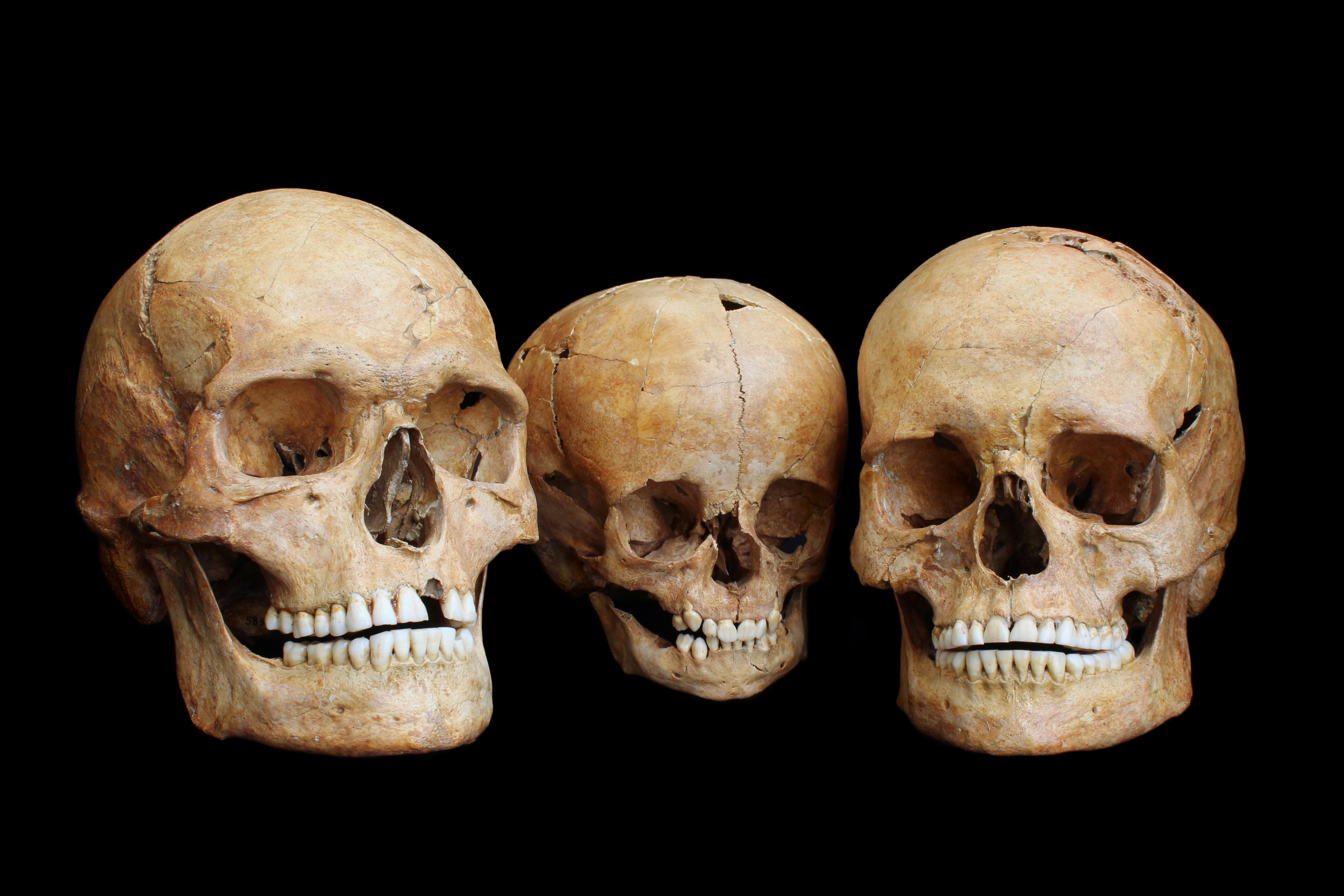Although we might blithely refer to the last glacial period as “the Ice Age”, temperatures varied a lot. This affected humanity even in the tropics, but in a bitterly cold Europe changes were much more likely to be a matter of life and death. A new way of analyzing fossil teeth from the era gives an indication of how the population of European hunter-gatherers varied until the arrival of agriculture.
Members of the human genus have lived in Europe for a very long time, but as far as we know modern humans – Homo sapiens – first tried their luck there 54,000 years ago. They didn’t stay, but about 45,000 years ago a more permanent occupation took place.
The world was colder then, but it would get colder still, until bottoming out around 25,000 years ago in what is known as the Last Glacial Maximum (LGM). By that time, most of northern and much of central Europe was covered in glaciers. However, Dr Hannes Rathman of the University of Tübingen and co-authors think they’ve worked out how the approach of those walls of ice affected populations further south.
For almost 20,000 years after modern humans reached the continent, the team found that the populations of Western and Eastern Europe were closely related to each other. “This finding is consistent with our previous knowledge from archaeological studies, which identified widespread similarities in stone tools, hunting weapons, and portable art from the different regions,” said study co-author Dr Judith Beier in a statement.
The authors attribute this to an open steppe landscape like modern Ukraine, where herds of mammals formed the main food supply, and travel was easy and rewarded. Conditions were colder than when modern humans first moved into the area, but initially, modest falls in temperature were accompanied by rising population density.
Then from 28,000-14,700 years ago, the populations of East and West diverged. Both regions suffered severe population declines, losing a lot of genetic diversity in the process, and risking inbreeding.
“This drastic demographic change was probably caused by massive climate changes: Temperatures during this period dropped to the lowest values of the entire Upper Paleolithic and culminated in the Last Glacial Maximum, a time when ice sheets reached their greatest extent and covered most of northern and central Europe,” Rathmann said. With the land that wasn’t fully glaciated turning to tundra, the available game changed.
Those humans that survived became isolated in refugia where conditions were slightly more hospitable, unable to reach their nearest neighbors in distant valleys.
Although most of this was already suspected based on other evidence, the team found evidence for something new. They think at some point around the LGM, the population of Western Europe died out entirely. When the region became habitable again, it was descendants of those who had survived in Eastern Europe who were living there.
“Archaeologists have long debated the influence of climatic changes and the associated new environmental conditions on the demography of hunter-gatherers at that time,” Rathmann said. “Due to the limited number of fossils available and their often poor molecular preservation for ancient DNA analysis, it has been very difficult to draw conclusions about the impact of climatic factors on migration, population growth, decline, and extinction.”

Three ice age skulls from Hohlenstein-Stadel cave. The man (left), a woman (right), and a child (middle) lived around 8,500 years ago when temperatures were not far from today’s and the humans whose ancestors survived the worst of the cold were recolonizing remaining parts of the continent. The shape and lines on their teeth reveal something of their ancestry.
Image Credit: Osteological Collection, University of Tübingen
Teeth, however, are tougher than anything else in the body. Consequently, we have far more fossils of them than anything else. Forensics teams sometimes have to identify victims of crimes or disasters by their dental records. Rathmann and colleagues reached their conclusions by doing something similar for a continent, using ridge and groove patterns on teeth from 450 people who lived in Europe between 47,000 and 7,000 years ago to establish their connections.
“These traits are heritable, which means we can use them to trace genetic relationships among Ice Age humans without requiring well-preserved ancient DNA,” Rathmann said.
The team even used photographs of fossil teeth destroyed in World War II because the marks were visible without requiring microscopes.
This data was then run through a machine-learning algorithm to identify the most likely relationships between the people the teeth belonged to. The authors acknowledge their sample is limited for certain places and periods, leaving room for some uncertainty, particularly where it contradicts previous research using other methods. However, the majority of their conclusions are consistent with previous findings based on surviving DNA and cultural items, and they hope discoveries of more teeth will improve confidence further.
Rathman, Beier, and colleagues studied a time when it was cold that drove human populations to the edge or beyond. The fact our new threat is heat does not mean their findings are irrelevant.
“We should urgently learn from our past if we want to address the complex environmental problems of the future,” Rathmann said.
The study is published open access in the journal Science Advances.
Source Link: Climate Change Probably Drove Ice Age Western Europeans To Extinction